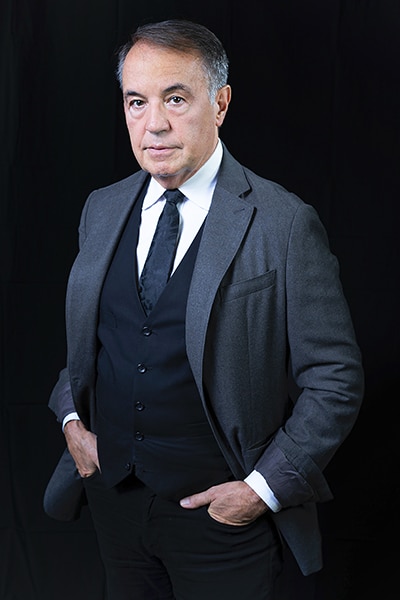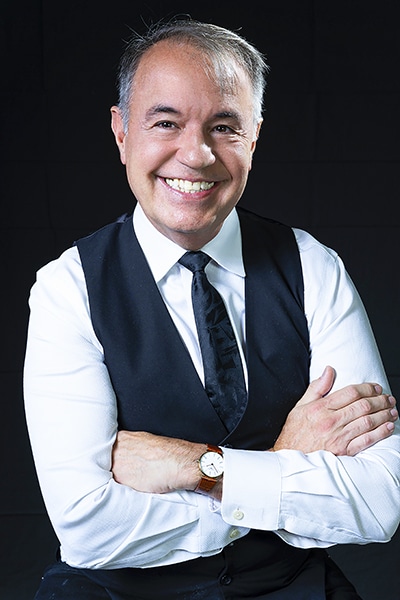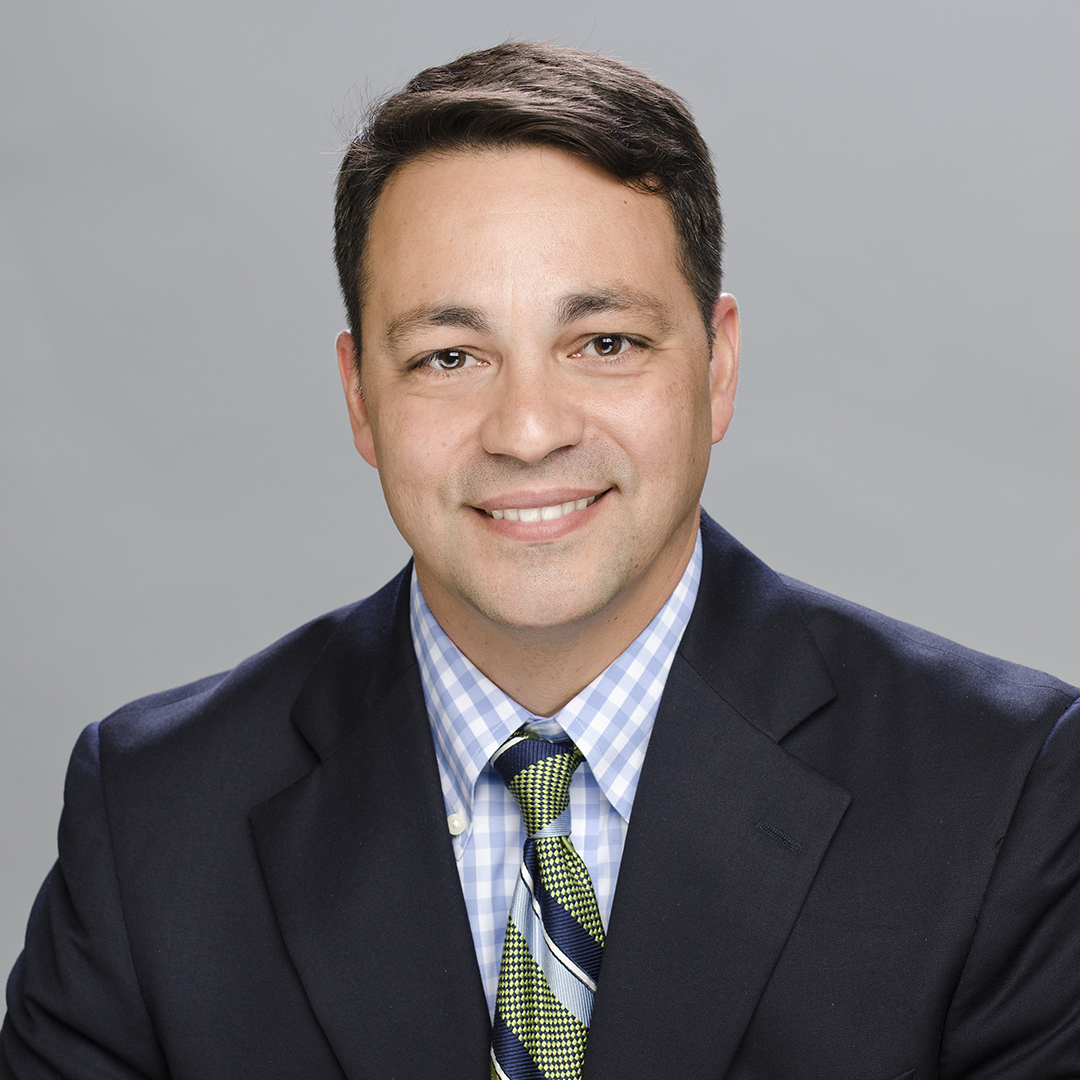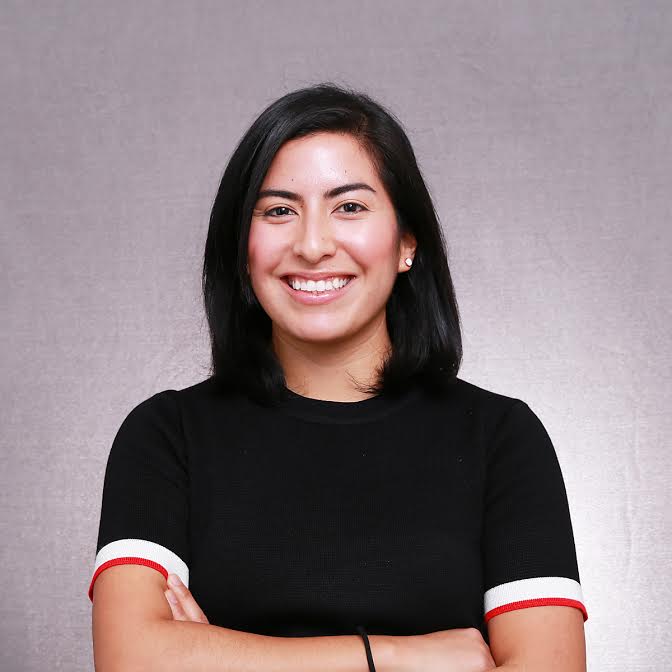|
Getting your Trinity Audio player ready...
|
Hispanic Executive’s last conversation in 2018 with Antonio Argibay, the managing principal of New York City-based architectural firm Meridian Design Associates, Architects, PC coincided with the firm’s completion of WarnerMedia’s relocation to Hudson Yards. The project was a very important one for Argibay and his team, involving collaboration with other major New York City architecture firms as well as groundbreaking design work for almost a half million square feet of rentable space.

Photo: Geandy Pavon
Since then, Meridian Design Associates, Architects has begun designing Discovery’s new world headquarters in New York City and planning with other major clients for their own expansions. “We provide services to a wide variety of projects across the country. The key to our success is that when we come to work, we do the things we love,” Argibay asserts.
Everyone at Meridian is deeply committed to their work, an example of the firm’s “People First” strategy. “People First is about increasing awareness of the business benefits of nurturing a company’s values and culture,” Argibay says. For nearly forty years, he has advanced the idea of a “People First” culture at his firm because the choices architects make every day have an impact on the lives of the people who will be here long after we are all gone.
Argibay doesn’t have any posters describing the firm’s core values hanging on the walls. Instead, he relies on every employee at Meridian to live those values—sustainability, innovation, loyalty, personal development, quality, and opportunity—and to lead by example every day. “When you develop those values, there is less absenteeism, less employee turnover, and higher efficiency because everyone has a much more engaged relationship with their work tasks,” Argibay stresses, “Meridian is purposely and meaningfully engaged with each one of its employees.”
On a roughly quarterly basis, Meridian organizes events designed to embody the firm’s values and maintain the importance of being socially engaged both within and outside of business hours. “We’ve held book signings,” Argibay says. “We’ve had artists, business leaders, scientists, and authors come in to talk about their works. This kind of salon environment, where people can exchange ideas outside of their daily tasks, that’s how we are going to stimulate everyone’s minds.”
Argibay’s passion for creating spaces for learning extends far beyond the walls of Meridian. Over the past two years, his passion for architecture and culture—and the nexus between the two—have converged during his service as a board member of the Friends of the National Museum of the American Latino. He and the Board are working to establish a permanent space for learning, knowledge, and sharing that will benefit the American Latino community and all Americans.

“The organization’s goal is to establish the National Museum of the American Latino as part of the Smithsonian museum system,” Argibay explains. “In the mid-1990s, the Smithsonian published what came to be known as the Willful Neglect report, which openly acknowledged that there has been serious omissions of Latino contributions to this great country. In the years since, former President Bush and President Obama created a commission which finished an expansive multiyear report expressing the need for the National Museum of the American Latino. The Board is presently looking to find the sponsors necessary to pass the Senate bill, already having done so in the House with more than a two-thirds majority.
“With each step we’ve taken,” Argibay continues, “I’ve not only become more passionate about our mission but have also learned how different the Latino experience is in the various regions of the United States.”
Latino presence in the US predates the English colonies, and Latinos have fought in every war and have been prominent businesspeople and scientists throughout our history, he notes. The report is central to highlighting the contributions of Latinos as a thread of the America’s tapestry, not a recent patch. “This history has been frequently omitted from the American story, and this is what the Willful Neglect report addresses,” Argibay adds.
“I believe there is a large cultural void in our Latino community as our different Latino experiences morph into the American experience,” Argibay says. “Education allows us to interpret where we come from as well as where we are going. This museum is a perfect opportunity to get everyone excited about learning—and learning about their communities.”
As Argibay sees it, the knowledge contained within the National Museum of the American Latino will do more than fill the gaps in textbooks and public awareness—it will also help rebuild critical interpersonal ties. Argibay hopes the museum will accomplish a strengthening of mutual bonds and affirm commonalities for all Americans. “The museum is going to provide a permanent educational institution where all visitors, especially children, can learn what has been obscure for too long.”
Practical Philosophies
Much as his firm Meridian Design Associates, Architects, PC prides itself on providing elegant yet practical architectural services to clients around the world, Antonio Argibay has advice for young Latino executives on the rise that strikes a balance between idealism and pragmatism:
Stop self-censoring
“We all do it because we’re so afraid to fail. Let your ambitions fly. Put your fears and insecurities aside.”
Develop the will
“Our willpower is much of what makes us special—you must be able to harness the power of the self to succeed. You will fail, so analyze your mistakes and use your intrinsic drive to get back up again.”
Imagine yourself better
“Improve yourself physically, mentally, and spiritually; these things are inseparable to achieve your maximum potential. Expect to fail. This is how you become better. Learn to analyze and avoid the same mistakes.”
Find the right mentor
“To improve, you will need a teacher to guide you. You must demonstrate your worth and enthusiasm for growth to attract the right mentor.”
Be adaptable
“Positivity is a must. A major key is being able to maneuver around the negatives and find ways to produce the ‘yes’ you seek.”

